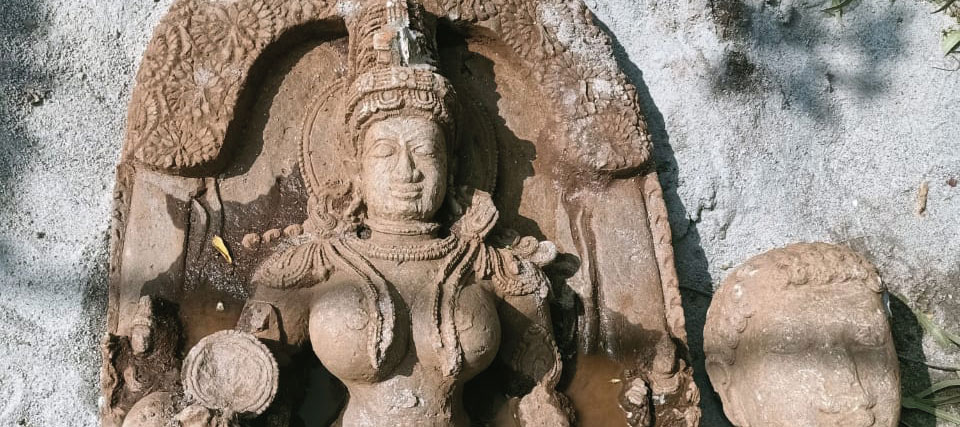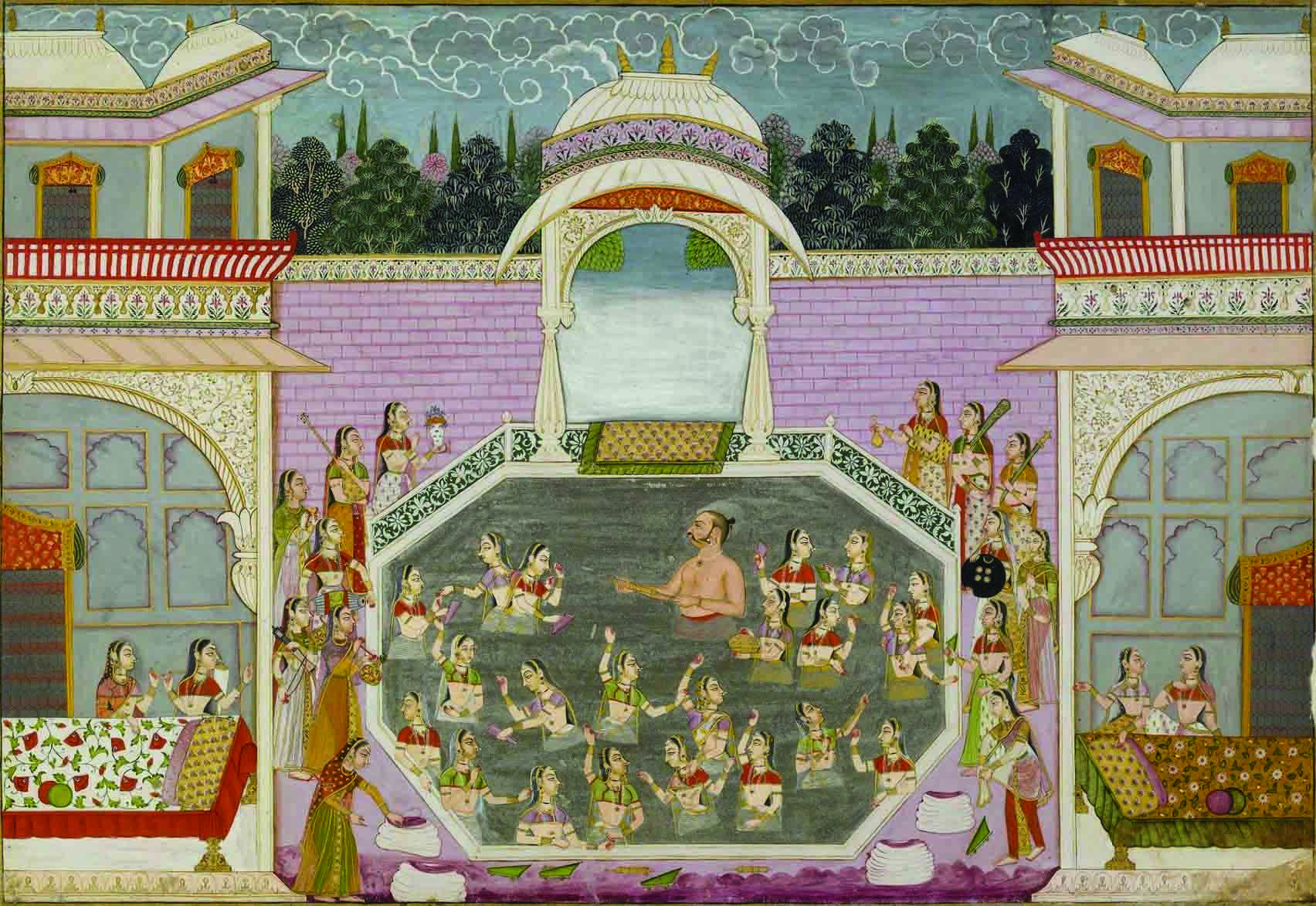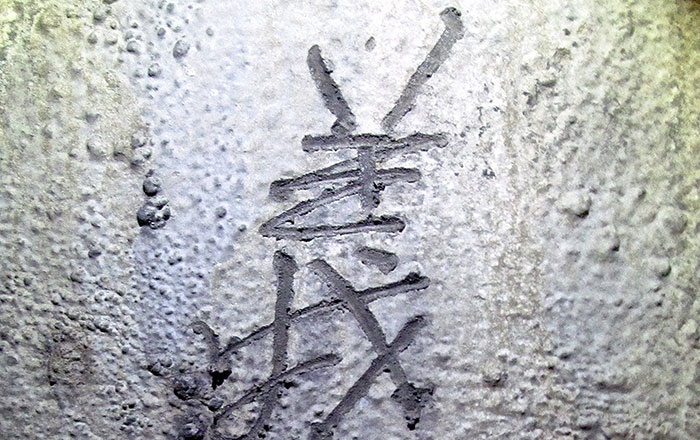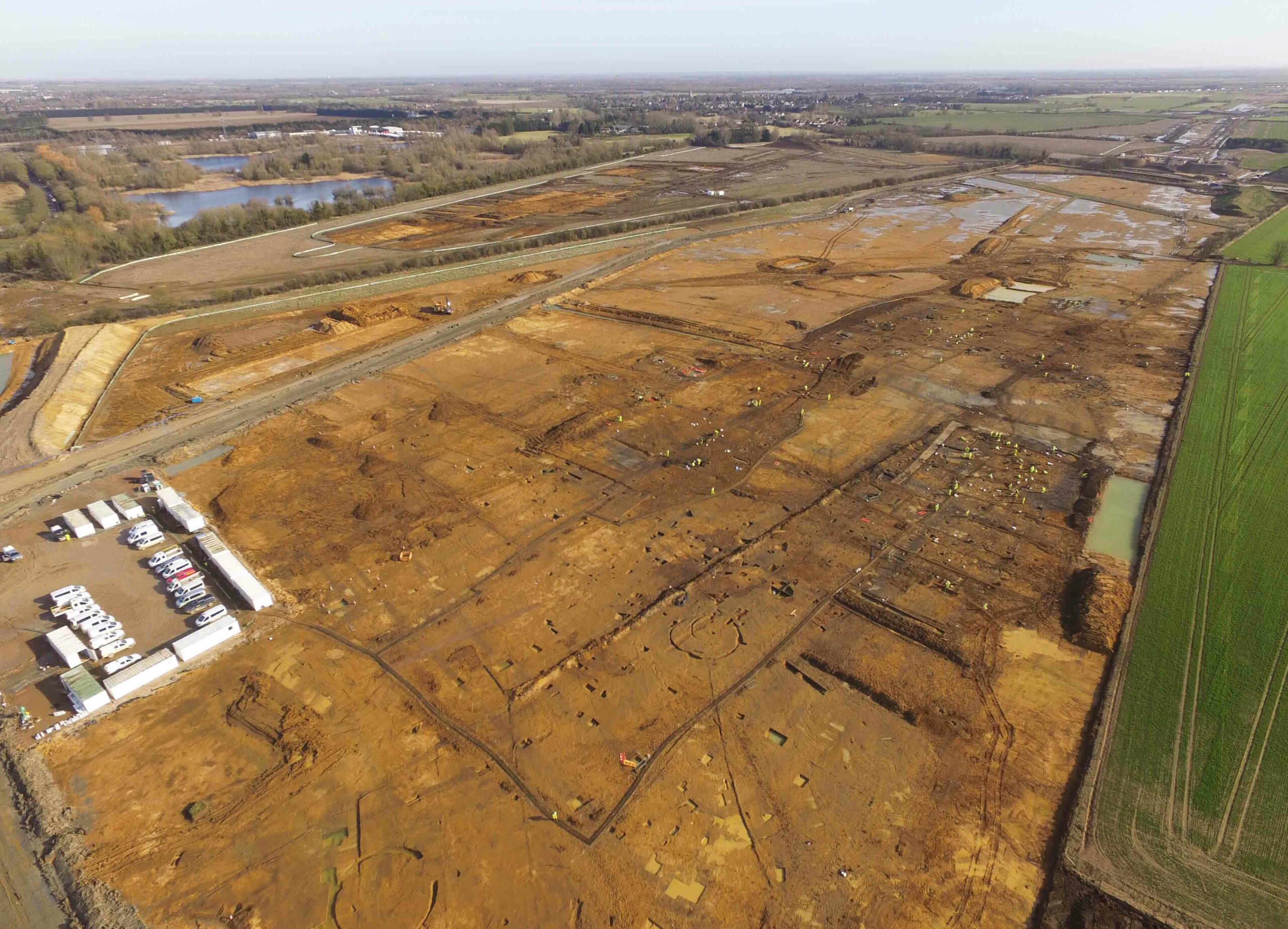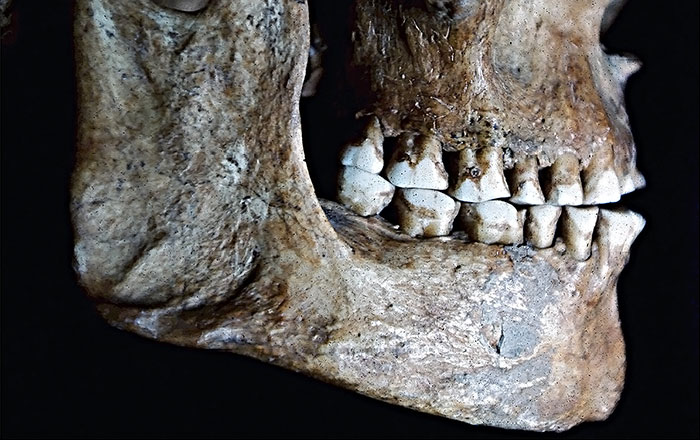
At a 4,500-year-old necropolis in northern India, archaeologists discovered a grave containing the remains of a man and a woman who seem to have been buried at the same time. The burial is one of some 60 graves that have been recently unearthed near a settlement known today as Rakhigarhi. Rakhigarhi was one of the largest cities of the Indus Valley, or Harappan, civilization, which flourished from 2600 to 1900 B.C. in what is now Pakistan and northern India. The couple were interred in a pit along with ceramic vessels and an agate bead. “The skeletal remains of both individuals were well preserved,” says Deccan College archaeologist Vasant Shinde, who led the excavations. “The manner in which they were buried, with the male facing toward the female, could commemorate their lasting affection, even after death.” Analysis of the skeletons showed that the two were between 21 and 35 years old when they died. They are the only known Harappan couple to have been buried together in the same grave.



